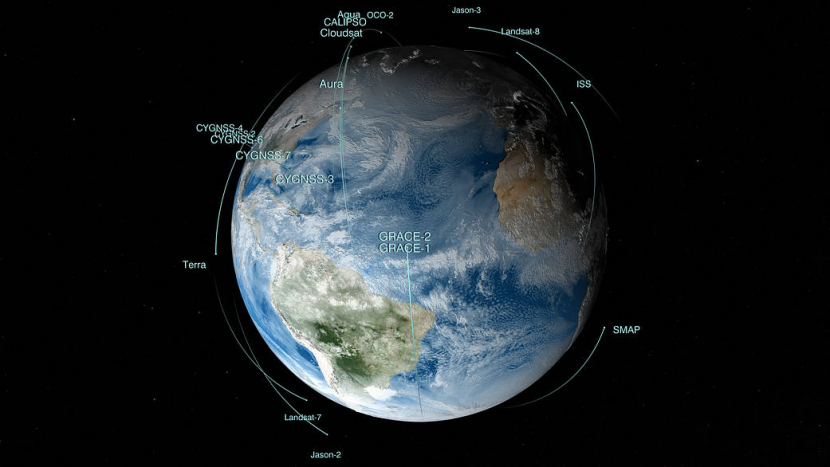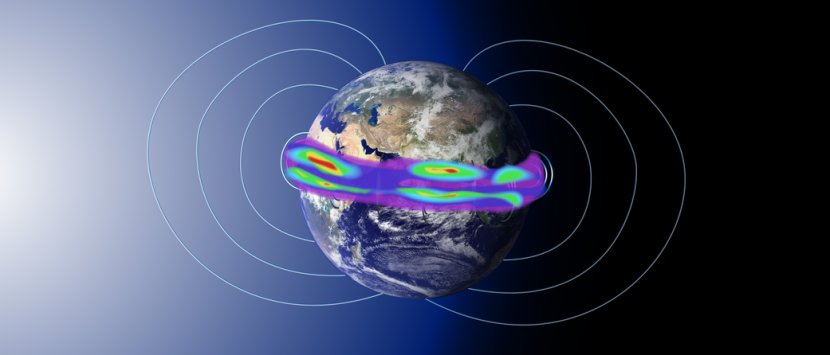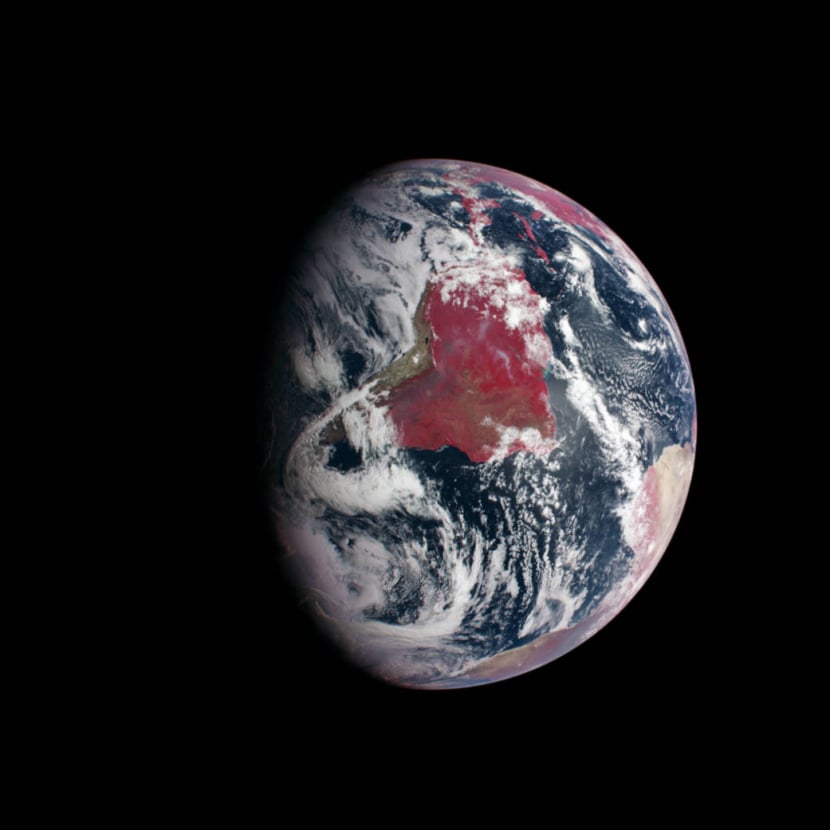SPACE — “Could the Earth stop spinning? and if that happened, what would happen?” asked Paul (12 years) on one occasion.
The question of the boy from Aberdeen, Scotland, and the explanation of Jacco van Loon, an astronomer from Keele University appeared in The Conversation and republished by Space.com on Sunday, January 23, 2022. Here is the explanation.

The earth has revolved since its birth, four and a half billion years ago. Earth is made of debris left over when the sun formed from the collapse of a huge cloud of matter. The ruins that later became Earth circled the sun like water around a plug hole as you emptied a bathtub, spinning as you walked.
The earth will continue to revolve around the sun and rotate like that for a long time. The Earth rotates steadily for 23 hours and 56 minutes for one full rotation. Meanwhile, to orbit the sun, the earth takes one year.
As it rotates, the Earth also moves a little further from its orbit around the sun. This means it will need to rotate a little more, about four minutes, until it faces the sun again. This means that a day on Earth lasts 24 hours.
Move in space
The reason the Earth keeps spinning is because almost nothing can stop it. If you turn the roundabout on the playground and let go, it will eventually stop. This is because as it spins, the air and the playground surface push against it, causing friction that slows it down.
While Earth revolves in space, which is quite empty. In space, there is not even air to push and slow the earth’s spin. However, there is one thing that slows the earth’s rotation, and that is the moon. The movement of the side of the earth facing the moon is not perfectly balanced by gravity, and it does not occur on the other side of the earth. This imbalance creates tides, which make the oceans stand out on both sides of the Earth.
As the Earth rotates, these bulges move across the Earth’s surface like waves, propelling the Earth’s spin. This is what slows the earth’s rotation. It also causes the length of the Earth’s day to increase by one second every 50 thousand years.
The only thing that can stop the earth from spinning is if another planet crashes into it. Even if this happened, it would most likely change the way the Earth rotates, not stop it altogether.
One day is six months

If the Earth stopped rotating, you wouldn’t be suddenly thrown into space. Gravity will still keep you firmly on the ground. However, there will be many changes.
Earth just stopped rotating, but will continue to orbit the sun. Only, the day would last for half a year, and so would the night. That way, the days will be hotter and the nights will be cooler. It will also affect the climate on Earth in an extreme way.
The large temperature difference between day and night will cause strong winds, which will move warm air toward the cooler side of the earth at night. The wind will also blow from warm areas around the equator to cold polar regions. When the Earth rotates, this does not happen because the wind is deflected sideways.
Furthermore, the winds to the east and west will meet the winds towards the poles. They could possibly create a huge vortex the size of an entire continent.
Radiation attack
The Earth’s core is partly molten iron. The rotating motion of the Earth turns this molten iron into a magnetic field for the Earth. It protects us from harmful radiation, which comes from solar particles and cosmic rays from outside the solar system. When the magnetic field stops radiation, there are interactions in the Earth’s atmosphere that we often see as auroras. This is the light dancing at the north and south poles.
Without a magnetic field, this radiation would reach the earth’s surface and make people sick. Some birds also use magnetic fields as navigators of their way. When the Earth didn’t spin, they would get lost.
If the Earth didn’t rotate, the night sky would also always show the same constellations of stars, because you would always be looking out into space in the same direction. This is very different from seeing the sun rise and set every day, and seeing the different constellations of the year.
-“).attr({
type: ‘text/javascript’,
src: ‘https://platform.twitter.com/widgets.js’
}).prependTo(“head”);
if ($(“.instagram-media”).length > 0)
$(”


